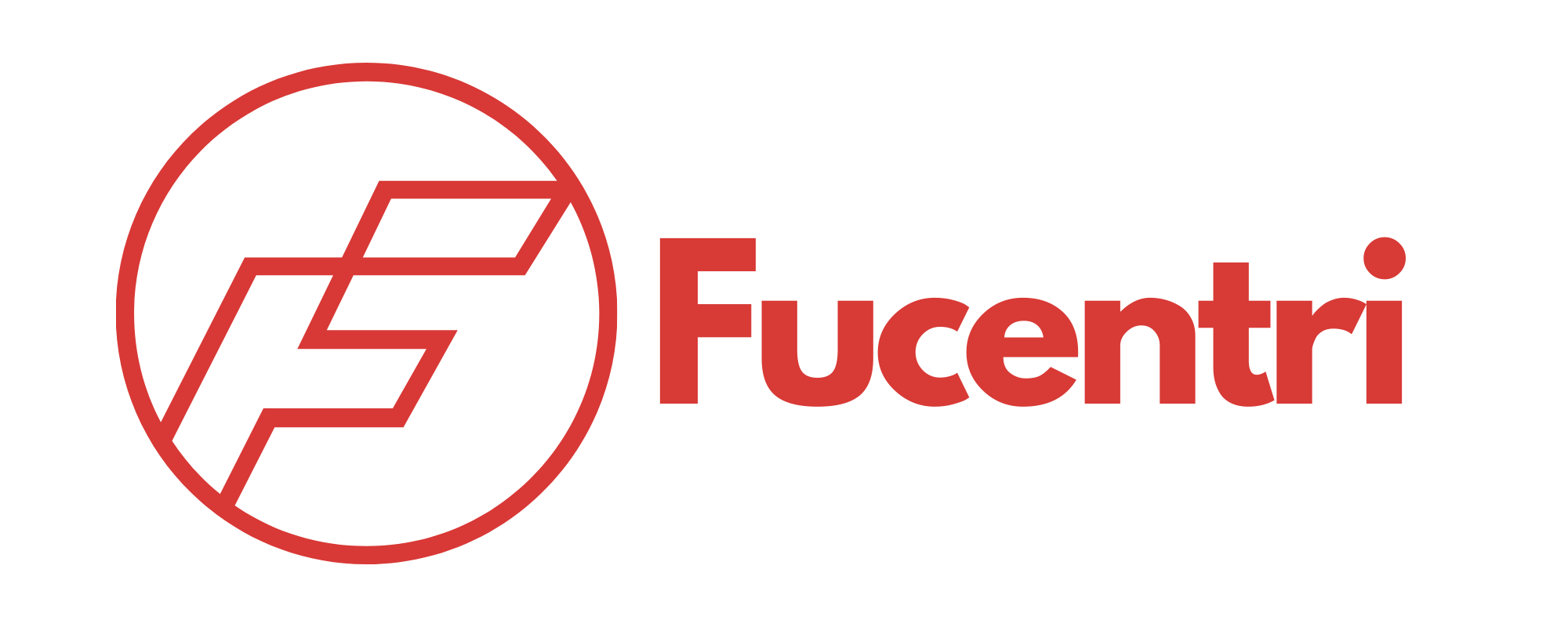Understanding Distributed Ledger Technologies: A Guide to Their Potential Beyond Cryptocurrency
Distributed Ledger Technologies (DLTs) have gained prominence in recent years, largely due to their association with cryptocurrencies. However, their potential extends far beyond the realm of digital currencies. Understanding DLTs and their diverse applications can shed light on how these technologies are reshaping various industries.

At its core, a distributed ledger is a database that is shared and synchronized across multiple locations or nodes. Unlike traditional databases, where data is centralized in a single location, distributed ledgers operate on a decentralized model. This ensures that every participant in the network has access to the same information, promoting transparency and reducing the likelihood of fraud.
One of the most compelling applications of DLTs is in supply chain management. By implementing a distributed ledger, companies can track the movement of goods in real-time, ensuring that all participants have access to accurate and up-to-date information. This level of transparency can help businesses identify inefficiencies, enhance accountability, and improve overall supply chain resilience.

In the realm of healthcare, DLTs offer a promising solution for managing patient records. By creating a decentralized system for health data, patients can have greater control over their medical information. This not only fosters trust between patients and providers but also enables seamless sharing of information among authorized healthcare professionals. As a result, DLTs can facilitate improved care coordination and better patient outcomes.

Another area where DLTs are making waves is in the realm of identity verification. Traditional identity systems often rely on centralized databases that can be vulnerable to breaches. DLTs, on the other hand, enable individuals to control their identity information securely. By utilizing cryptographic methods, users can verify their identities without the need for intermediaries, reducing the risk of identity theft and enhancing privacy.

Governance is yet another sector where DLTs are gaining traction. Decentralized voting systems, powered by blockchain technology, offer the potential to enhance electoral processes by ensuring transparency and security. By allowing citizens to cast their votes on a tamper-proof ledger, trust in democratic systems can be restored, ultimately leading to greater civic engagement.
As organizations begin to recognize the potential of DLTs beyond cryptocurrency, the landscape of various industries is poised for transformation. By promoting transparency, security, and efficiency, distributed ledger technologies can revolutionize how businesses operate and interact with stakeholders. The journey toward widespread adoption is underway, and the potential benefits of DLTs are vast, promising a more connected and equitable future.

